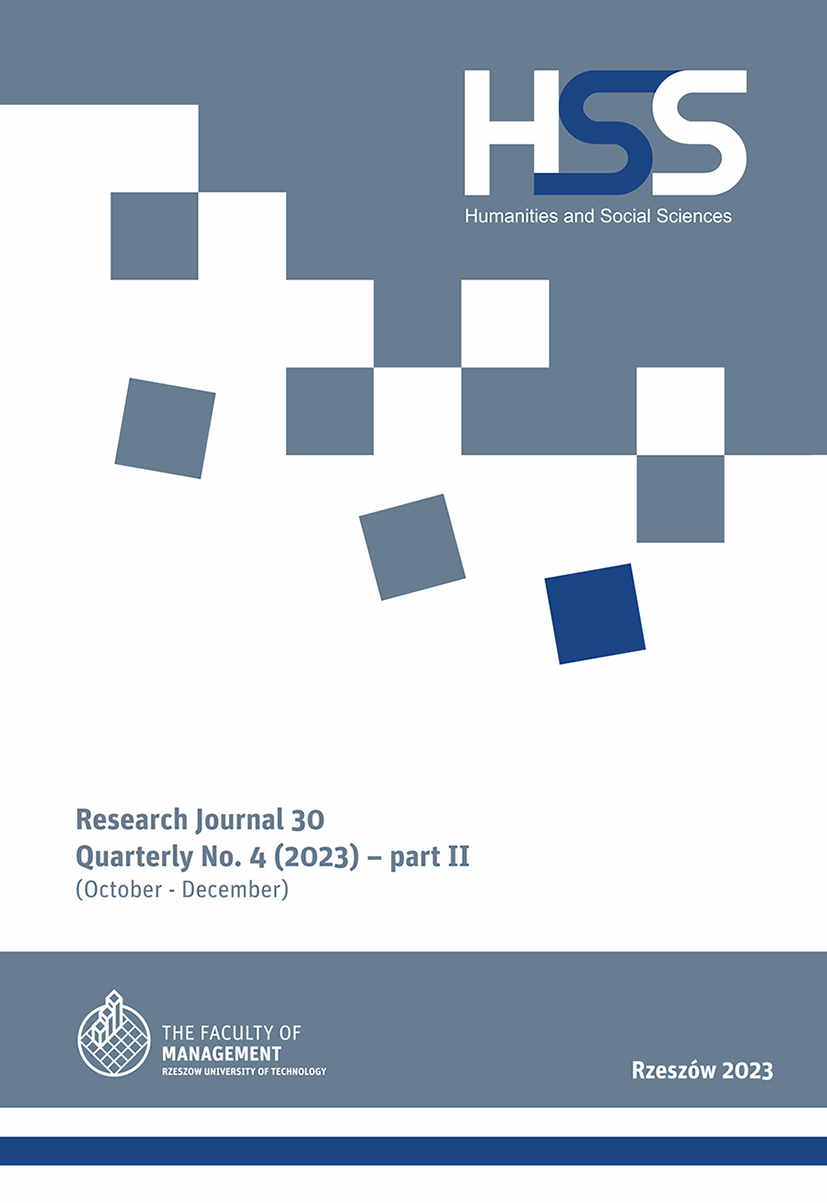Abstract
An important feature of contemporary armed conflicts is the large-scale use of air attack. The events of the last two years have made many experts realize that the present air safety environment is increasingly uncertain, complex, and difficult to forecast. It is therefore justified to present current issues related to anti-missile defense – which, in the authors’ opinion, is crucial for the functioning of NATO border states.The aim of this article is to describe cooperation in the framework of anti-missile defense in the Euro-Atlantic area, which is characterized by a dynamic process of transformation, including ambitions among some countries to dominate in this dimension.This study uses document research and quantitative and qualitative analysis. It reviews the scientific literature on the complex issue of cooperation in the field of missile defense, and uses publicly available information provided by interested institutions. The results show that this cooperation is not a new phenomenon, but it currently requires organized political and military actions from states, including their armed forces.
References
AAP-6 Słownik terminów i definicji NATO (2017). Agencja Standaryzacyjna NATO. Wojskowe Centrum Normalizacji, Jakości i Kodyfikacji.
Carter, A.B., Schwartz, D.N. (1984). Ballistic missile defens. Washington D.C.: Brookings Institution.
Delay AIAMD – effects on the Wisła program [Access: 22.12.2021]. Dziennik Zbrojny. Access on the internet: http://dziennikzbrojny.pl/aktualnosci/news,3,10580,aktualnosci-ze-swiata,opoznienie-aiamd-skutki-dla-programu-wisla.
Gotkowska, J. (2012). Bundeswehra 3.0. Polityczny, wojskowy i społeczny wymiar reformy Sił Zbrojnych RFN. Punkt widzenia nr 28. Warszawa: Ośrodek Studiów Wschodnich.
—— (2013). Obrona powietrzna RFN – problemy i perspektywy rozwoju, Komentarze Ośrodka Studiów Wschodnich nr 105 z 10.04.2013. Warszawa: Ośrodek Studiów Wschodnich.
—— (2018). Odbudowa obrony powietrznej Niemiec: w przededniu kluczowych decyzji [Access: 5.10.2022]. Ośrodek Studiów Wschodnich, Komentarze nr 268 z 17.05.2018. Access on the internet: https://www.osw.waw.pl/sites/default/files/komentarze_268.pdf.
Information material on the construction of the American anti-missile defense system base in Redzikowo (2015). Departament Polityki Bezpieczeństwa Międzynarodowego. Warszawa: Ministerstwo Obrony Narodowej.
Maciejewski, A. (2017). IAMD & IBCS – przyszły zintegrowany system obrony powietrznej US Army. „Wojsko i Technika”, nr 7.
National anti-missile system – preliminary assumptions (2012). “Biuletyn Wydziału Analiz Rządowego Centrum Bezpieczeństwa”, nr 1, październik–grudzień.
North Atlantic Treaty Organization [Access: 5.10.2022]. Access on the internet: https://www.nato.int/nato_static_fl2014/assets/pdf/pdf_2016_07/20160630_1607-factsheet-bmd-en.pdf.
Orłowski, T., Bil, I. (2007). Amerykański projekt systemu obrony przeciwrakietowej (Missile Defense). Implikacje dla Polski. Warszawa: Fundacja Aleksandra Kwaśniewskiego.
Permanent Structured Cooperation – PESCO [Access: 3.06.2021]. Access on the internet: https://eeas.europa.eu/headquarters/headquarters-Homepage/34226/permanent-structured-cooperation-pesco-factsheet_en.
Poland in the American missile defense system (2008). “Biblioteka Bezpieczeństwa Narodowego”, kwartalnik wydawany przez Biuro Bezpieczeństwa Narodowego, t. 1. Warszawa.
Rosłan, G. (2005). Rola potencjału jądrowego w kształtowaniu mocarstwowej pozycji Federacji Rosyjskiej w świecie. Warszawa: Akademia Obrony Narodowej.
Terlikowski, M. (2018). Pierwsze projekty PESCO: w poszukiwaniu przełomu. „Biuletyn Polskiego Instytutu Spraw Międzynarodowych” (PISM), nr 65(1638) z 8 maja 2018 roku. Polski Instytut Spraw Międzynarodowych.


